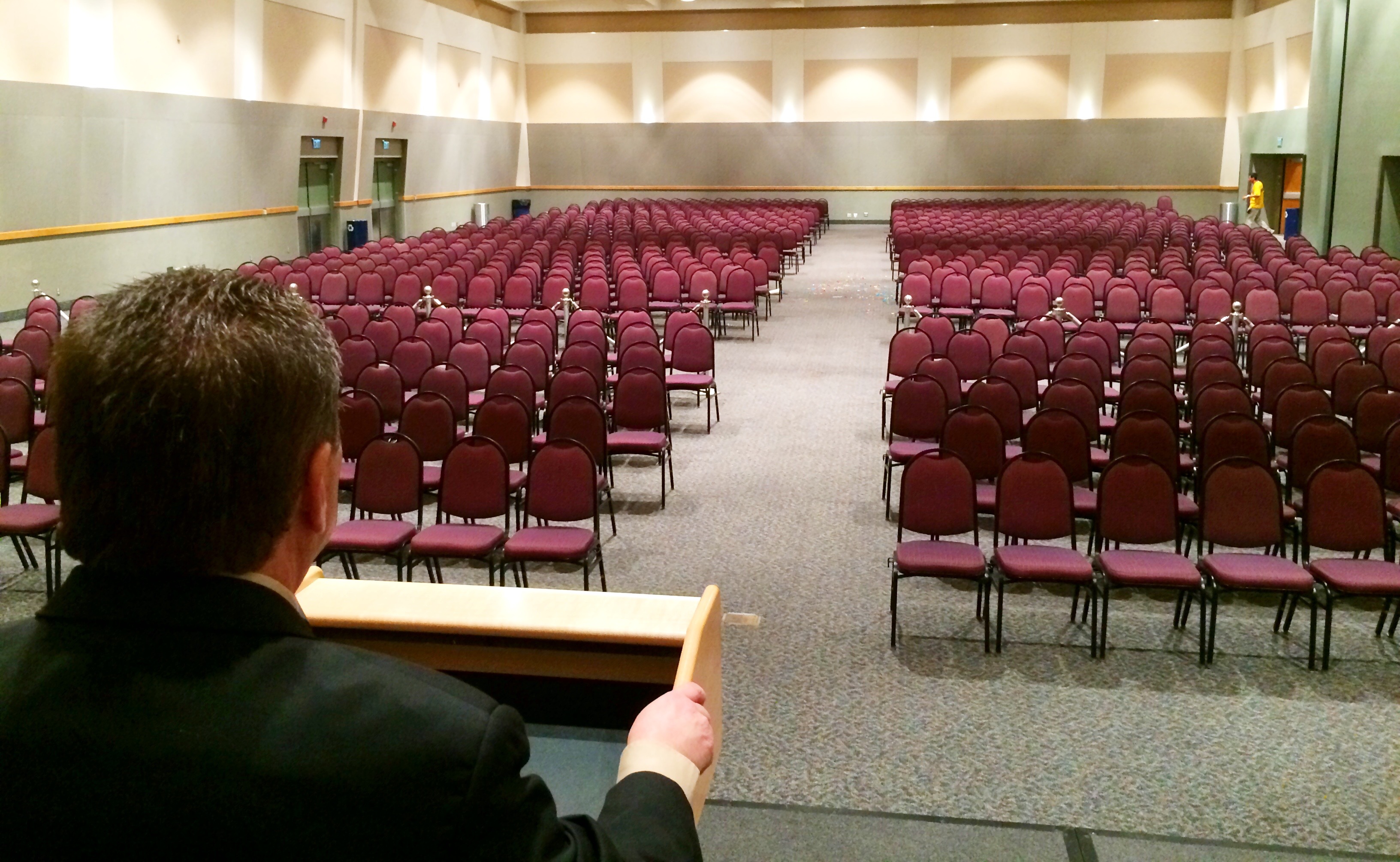In today’s fiercely competitive business climate, how well you present yourself can make the difference between getting ahead or going home. Business communication experts Paul Barton and Michele Trent will show you how to deliver like a polished professional in this workshop sponsored by the Phoenix Business Journal.
Participants will discover how to:
> Have an executive presence
> Use your body language to influence and include
> Connect with an audience in the crucial first 90 seconds
> Introduce yourself and make a great first impression
> Present your business card so that you are remembered
> Conclude with a sizzle, not a fizzle
The session will be held at the Better Business Bureau, 1010 E Missouri Ave. in Phoenix, on Thursday, May 16. Check-in and deli-style lunch are at 11:30 a.m. The workshop is from noon to 2 p.m.
EXCLUSIVE OFFER: Use discount code PAUL at checkout and receive 20% off.
These workshops sell out quickly so you best be signing up now!











 Dr. Larry Emmott is one of the most entertaining speakers in dentistry. His high-energy programs provide the tools needed to make wise technological decisions, saving time and money.
Dr. Larry Emmott is one of the most entertaining speakers in dentistry. His high-energy programs provide the tools needed to make wise technological decisions, saving time and money.